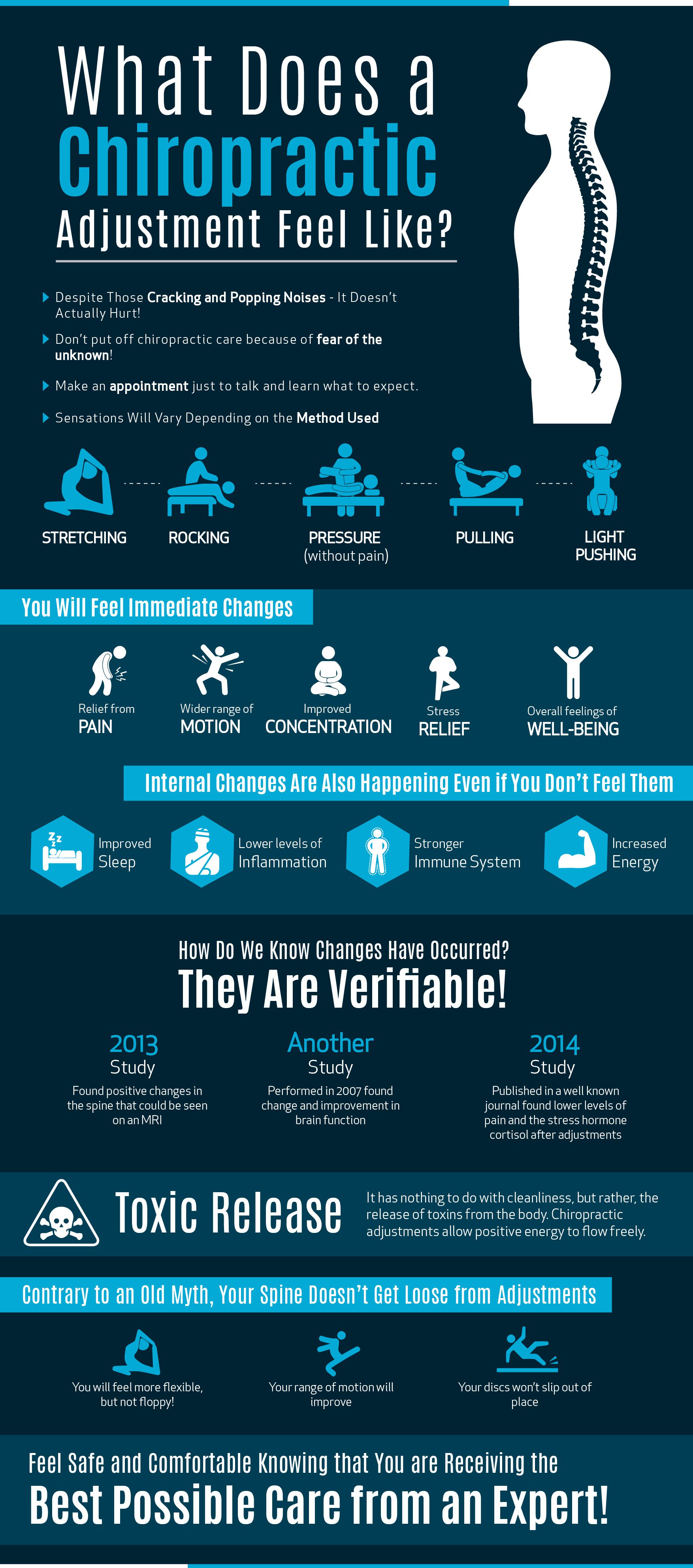Minimize Pain In The Back By Examining The Day-To-Day Activities That Could Be Contributing Aspects; Even Minor Adjustments Can Aid You Attain A Life Without Discomfort
Minimize Pain In The Back By Examining The Day-To-Day Activities That Could Be Contributing Aspects; Even Minor Adjustments Can Aid You Attain A Life Without Discomfort
Blog Article
Material Writer-Carstensen Vogel
Preserving proper posture and staying clear of common risks in daily activities can considerably influence your back wellness. From just how you rest at your workdesk to just how you raise heavy objects, small changes can make a large distinction. Envision a day without the nagging back pain that impedes your every move; the remedy could be easier than you believe. By making a couple of tweaks to your daily habits, you could be on your method to a pain-free existence.
Poor Pose and Sedentary Way Of Life
Poor pose and an inactive lifestyle are two significant contributors to pain in the back. When you slouch or suspicion over while resting or standing, you put unnecessary stress on your back muscular tissues and spinal column. This can lead to muscle imbalances, stress, and ultimately, chronic back pain. Additionally, sitting for extended chiropractor near me nyc without breaks or exercise can weaken your back muscles and result in stiffness and discomfort.
To combat inadequate position, make a mindful initiative to rest and stand up directly with your shoulders back and lined up with your ears. Keep in dr steven schram to maintain your feet level on the ground and prevent crossing your legs for extended periods.
Integrating routine stretching and enhancing workouts into your daily routine can likewise help boost your posture and ease back pain associated with a sedentary way of life.
Incorrect Lifting Techniques
Inappropriate training methods can significantly contribute to neck and back pain and injuries. When you lift heavy objects, bear in mind to flex your knees and utilize your legs to raise, instead of relying upon your back muscle mass. Avoid twisting your body while lifting and maintain the things near your body to minimize pressure on your back. It's critical to maintain a straight back and prevent rounding your shoulders while raising to prevent unnecessary pressure on your back.
Constantly assess the weight of the things prior to lifting it. If it's also hefty, request assistance or use equipment like a dolly or cart to transfer it securely.
Bear in mind to take breaks during lifting jobs to provide your back muscular tissues an opportunity to rest and prevent overexertion. By carrying out appropriate training techniques, you can prevent back pain and reduce the risk of injuries, guaranteeing your back stays healthy and balanced and solid for the long term.
Lack of Regular Exercise and Stretching
A less active way of life lacking routine workout and extending can considerably contribute to pain in the back and pain. When you do not participate in exercise, your muscular tissues come to be weak and inflexible, resulting in bad position and enhanced strain on your back. Routine exercise aids strengthen the muscle mass that sustain your spinal column, boosting security and decreasing the danger of neck and back pain. Integrating stretching into your routine can also improve flexibility, protecting against rigidity and discomfort in your back muscular tissues.
To prevent pain in the back brought on by an absence of exercise and extending, aim for a minimum of half an hour of modest exercise most days of the week. Consist of workouts that target your core muscular tissues, as a solid core can help alleviate pressure on your back.
Additionally, take breaks to stretch and relocate throughout the day, especially if you have a workdesk task. Basic stretches like touching your toes or doing shoulder rolls can help relieve stress and stop back pain. Prioritizing regular workout and extending can go a long way in maintaining a healthy and balanced back and decreasing discomfort.
Conclusion
So, bear in mind to sit up right, lift with your legs, and remain energetic to avoid pain in the back. By making easy modifications to your day-to-day routines, you can stay clear of the pain and constraints that feature back pain. Care for your spine and muscular tissues by exercising good posture, correct training techniques, and regular exercise. Your back will certainly thanks for it!
